Great Oxygenation Event: How Oxygen Filled the Atmosphere

The Great Oxygenation Event
Over Earth’s geologic timeline, our atmosphere history has seen wild shifts.
The early Earth’s atmosphere had no free oxygen in it. But as we know today, we live and breathe free oxygen from the air.
The Great Oxygenation Event marks a time when free oxygen filled the atmosphere.
What sparked this event?
And how did it affect life on our planet?
Cyanobacteria release oxygen as a waste product
Long ago, oceanic cyanobacteria evolved to carry out photosynthesis to make energy for themselves.
The key to their existence at this time was that they didn’t need oxygen. They were completely anaerobic. In fact, oxygen was poison for cyanobacteria.
Over time, these cyanobacteria released oxygen as a waste product. So much oxygen, that it kept building up in the oceans.
Eventually, oxygen entered the atmosphere. This marked the start of the Great Oxygenation Event.
Free oxygen had profound effects on the planet. It triggered an oxygen crisis, it froze over the whole planet and it rusted iron to form banded iron formations.
Oxygen poisons cyanobacteria almost wiping them away
Without oxygen, anaerobic life flourished. But in an oxygen-rich environment, oxygen was poisonous for cyanobacteria.
The irony of cyanobacteria is that the oxygen they released was toxic to them.
As a whole, the number of anaerobic organisms dwindled to the brink of extinction. This wiped out over 90% of life on earth.
The reason why this event is called an “oxygen crisis” is that they threatened their own existence through their own waste of oxygen.
Cyanobacteria didn’t completely vanish. By hiding in low-oxygen environments, cyanobacteria avoided a mass extinction.
Eventually, life evolved to use this oxygen and now the ecosystem keeps itself in balance this way.
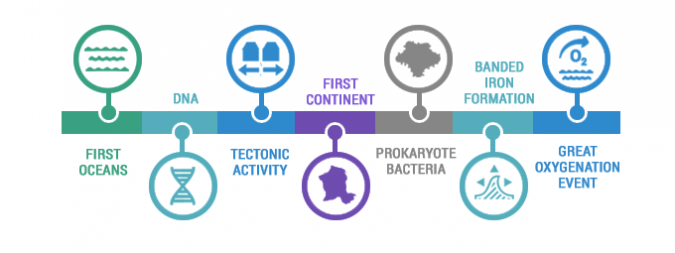
The oxygen-filled atmosphere creates a “Snowball Earth”
Oxygen played a key role in transforming the planet into a “Snowball Earth” or “Slushball Earth”.
Remember that the atmosphere before the great oxygenation event was mostly methane and nitrogen.
Methane is one of the most efficient greenhouse gases that exist. Long ago, it trapped heat in the atmosphere keeping temperatures warm.
So when oxygen combined with methane, it produced carbon dioxide. Because there was less methane in the atmosphere, the greenhouse effect wasn’t as strong.
Without heat trapped in the atmosphere, Earth froze over for about 300,000,000 years. This event was the first major ice age that Earth experienced known as the Pongola glaciation.
Banded iron formations demonstrate a struggle for constant oxygen
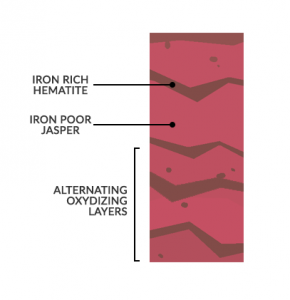
Banded iron formations (BIF) consist of alternating layers of red (oxidized) and (unoxidized) black iron. Because iron rusts when it reacts with oxygen, these layers were red.
So the red (oxidized) layers mark a time when there was oxygen. The alternating layers give a sneak peek of how oxygenation was just starting to get a foothold.
We can find banded iron formations all over the world such as in Australia, Canada, and South Africa. Most of the world’s iron ore deposits were produced in the Archean Eon.
How come there wasn’t any free oxygen?
By nature, oxygen is a very volatile substance. This is because it steals electrons from other atoms.
- Oxygen atoms existed at this time but were bonded with hydrogen in water molecules.
- Instead of H2S, cyanobacteria used H20 as a source of electrons and hydrogen for fixing CO2.
- The CO2 fixation was the process that filled free oxygen in the skies.
Over time, life adapted to use oxygen for its own benefit. But that was not always the case for anaerobic organisms.
The oxygen crisis almost ended cyanobacteria
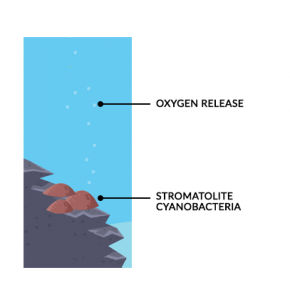
For millions of years, cyanobacteria used heat from volcanoes or mid-ocean ridges and then released oxygen into the oceans and air. Eventually, they filled the oceans with oxygen.
The irony of cyanobacteria is that the oxygen they released was toxic to them. As a whole, the number of anaerobic organisms dropped in the Proterozoic Eon.
The reason why this event is called an “oxygen crisis” is that they threatened their own existence through their own waste of oxygen.
Cyanobacteria didn’t completely vanish in the Proterozoic Eon. By hiding in low-oxygen environments, cyanobacteria avoided their own mass extinction.
The Great Oxygenation Event (GOE)
There wasn’t always a breath of fresh air on Earth. Methane and nitrogen choked any potential life in Earth’s early atmosphere. But this doesn’t mean that life didn’t exist.
Long ago, tiny microscopic cyanobacteria (blue-green algae) flourished in ocean environments. They evolved to carry out photosynthesis anaerobically.
Their evidence is from stromatolites which are layered, mound-shaped fossils found in rocks. Stromatolites were made by cyanobacteria, trapping sediment on the sea floor. For example, we can observe stromatolites in Shark Bay, Australia, which has been designated a UNESCO World Heritage Site.
The key to their existence was that they didn’t need oxygen to survive. As a byproduct, these anaerobic organisms released oxygen which was toxic to them.
Eventually, oxygen filled the oceans. Then, it made it all the way to the atmosphere. This event is known as the great oxygenation event. This paved the way for aerobic organisms to carry the torch.

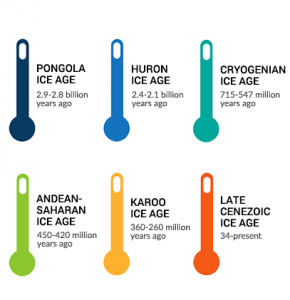
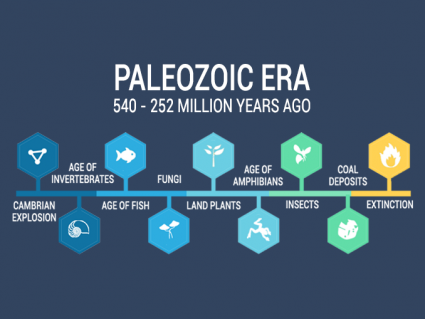
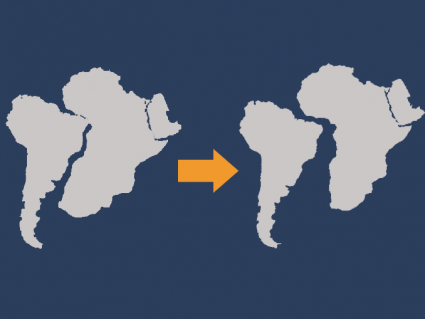

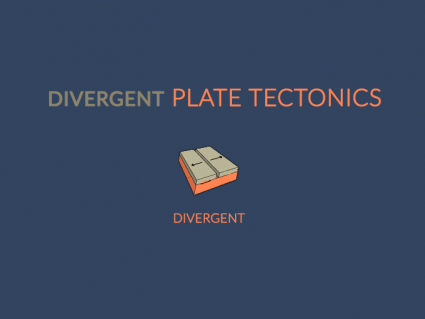
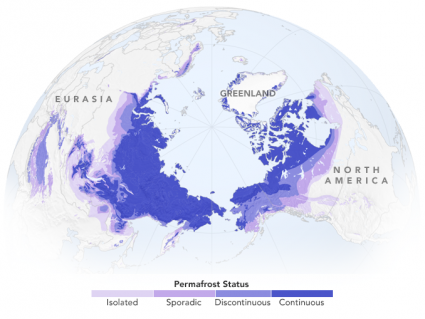

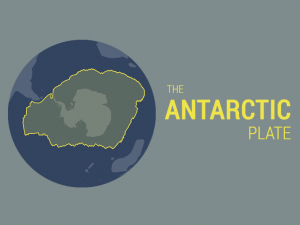




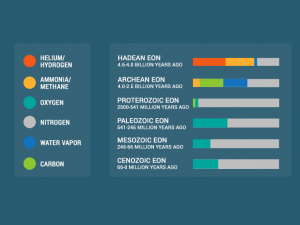
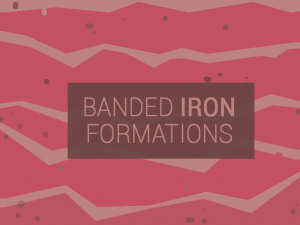
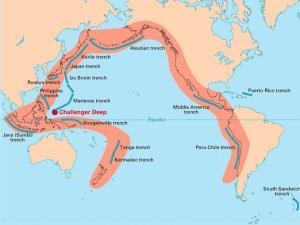
I love this story
Metaphorically, of course.
It’s crazy what you can learn from many years ago. Earth was a snowball?
I really liked this
I watched a documentary that told of a time on our planet when the oxygen concentration was much higher than the 21% figure that is generally accepted today. I seem to recall that it was said to be either 26% or 28% but I can no longer remember. It was also said to likely be responsible for the gigantic growth of 4-foot-long millipedes and also a time when the largest dinosaurs known roamed the planet. Can you possibly verify for me what the oxygen percentage was during these times? Thank you in advance for your time and consideration!